Alongside Jon Nicholls, PhotoPedagogy partner in crime, and Phil Scott, Director of Art at Brampton Academy, we shared a wide range of examples of various exploits – from Jon’s adventures with The Thomas Tallis Centre for Contemporary Art (previously known as a garden shed), to some insights into that camera, along with a whole range of other mischief. In particular it was great to hear about Phil’s various strategies for developing school displays and exhibition spaces, and how he encourages his students to experiment and share in playful ways.
You can see our presentation below, developed collaboratively in Google Slides:
With this in mind, earlier in the day - prior to dashing for the train from Bournemouth to London - I left my Year 13 students with a little challenge. My hope was that if they came good it might provide some inspiration. Thankfully they didn’t disappoint.
Year 13 students have been working on their Text Exchange project and so their last few lessons have been centered on developing literacy skills. It seemed timely to shake things up a bit. I set them a challenge to create an installation in an afternoon, reflecting on the Text Exchange project so far and, importantly, to share a video of their efforts by 6.00pm - to inspire a room full of teachers, no less. I think the suggestion that their UCAS statement could mention they’ve shown work in The Photographers’ Gallery might have also helped. (That’s okay, right?). Anyhow, they delivered on time and I nervously pressed play to watch their efforts for the first time alongside everyone else.
Here’s what they came up with:
It is such a treat to work with creative teachers.
The responses were unpredictable, diverse and thought provoking. There was a Crewdsonesque figure, contorted and illuminated behind a doorway; a paper hut glowing from beneath a table; a pencil-forest with beautifully cast shadows; a table-top, sparsely furnished with a mobile phone on looping audio. This was all remarkably powerful.
Hopefully all those who came along at the end of busy days also felt the same. Jon and I would like to say thanks to everyone who attended, Year 13 students at St Peter’s, Phil Scott, and especially to Janice McLaren, Head of Education at The Photographers’ Gallery, for organising everything and being such a positive presence throughout. We'd certainly love to hear if any of the ideas shared prove useful in other classrooms. CF

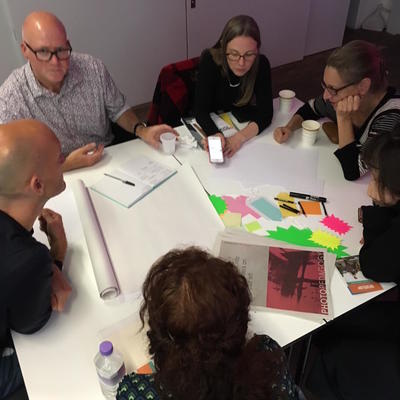
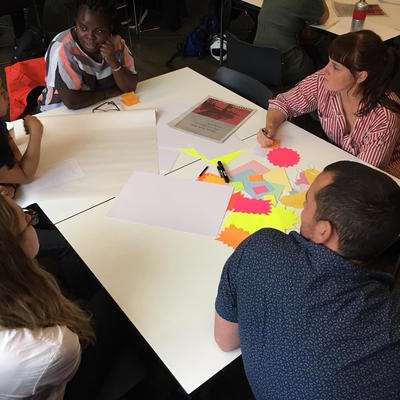
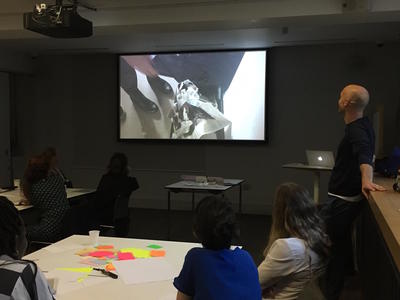
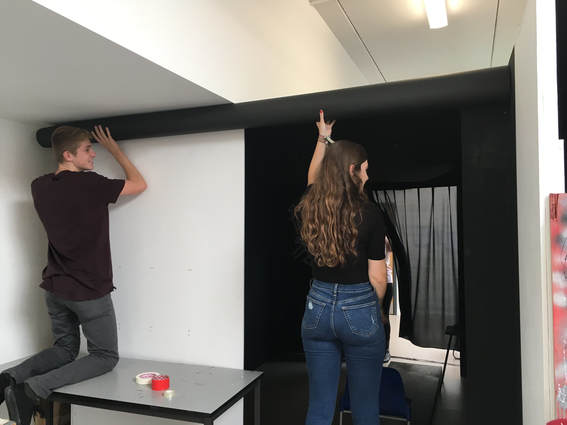
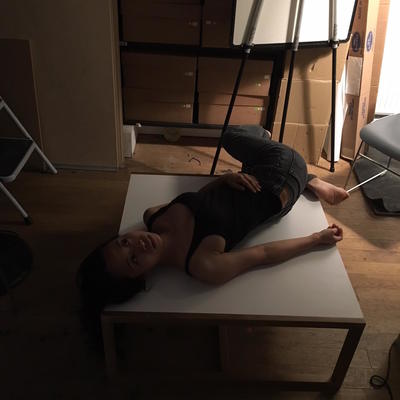
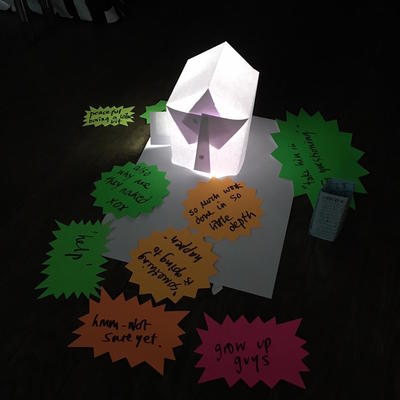
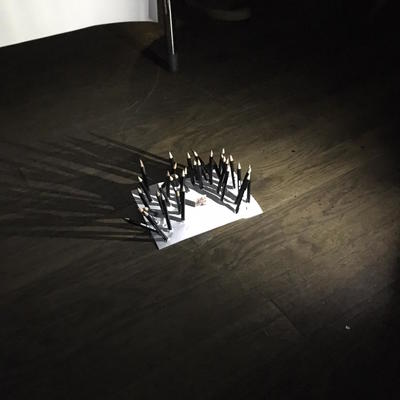
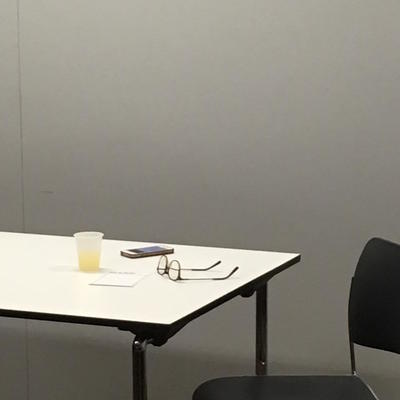
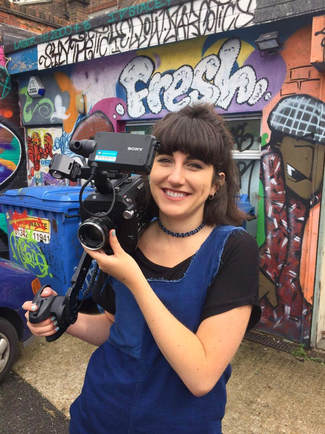
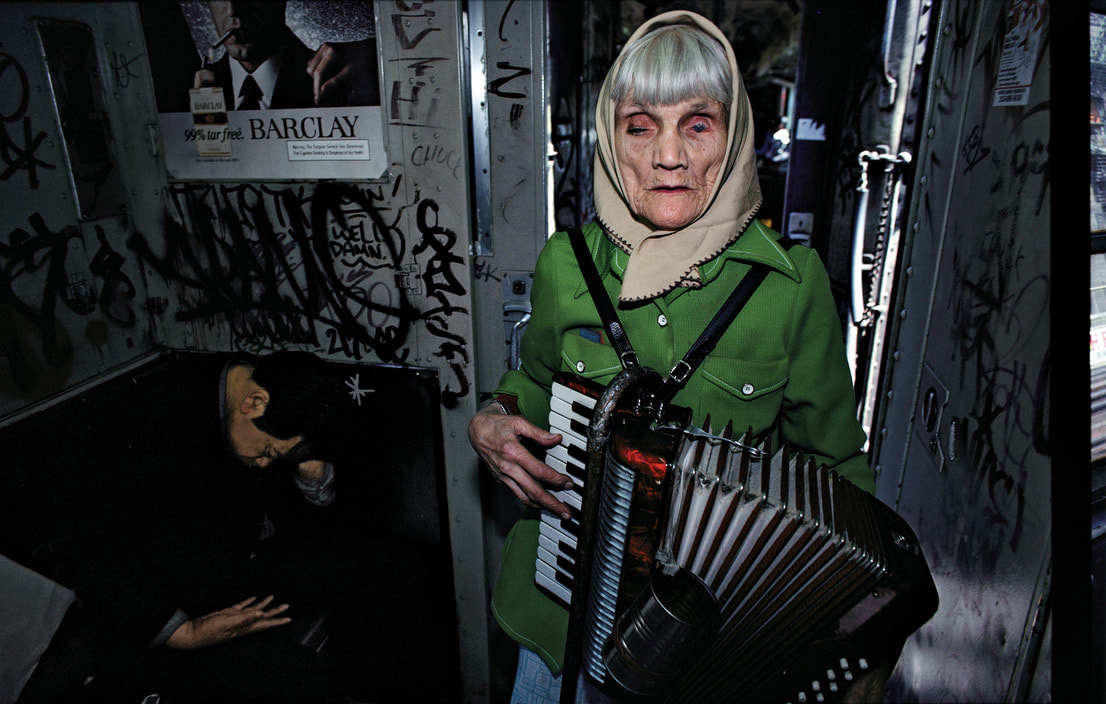
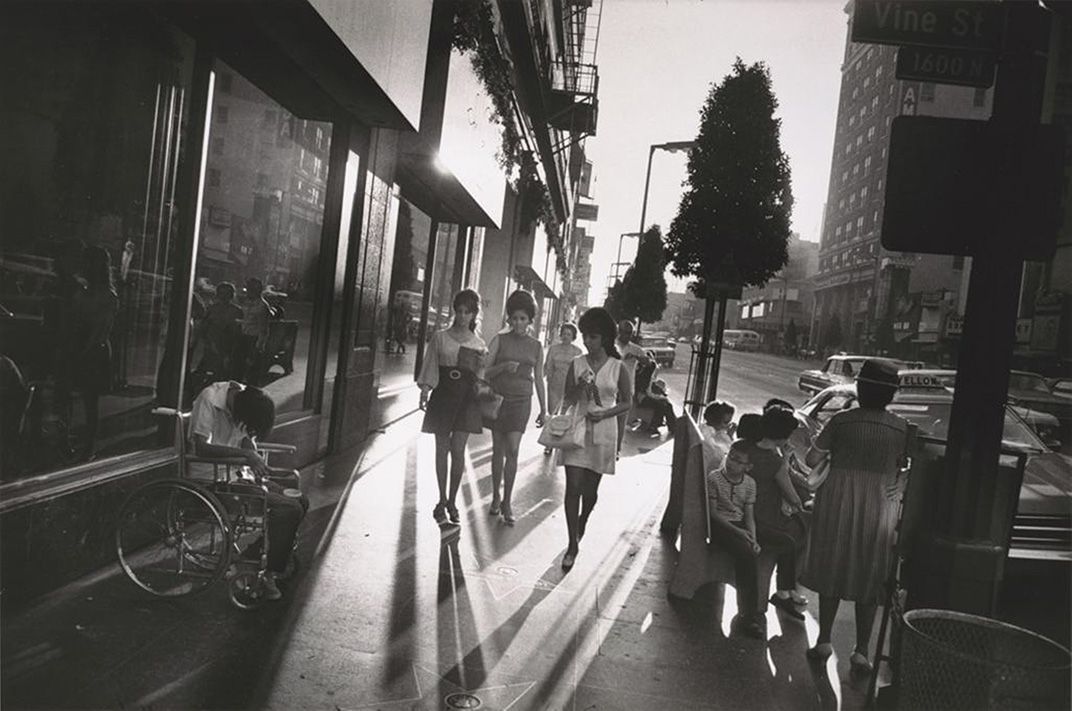
 RSS Feed
RSS Feed